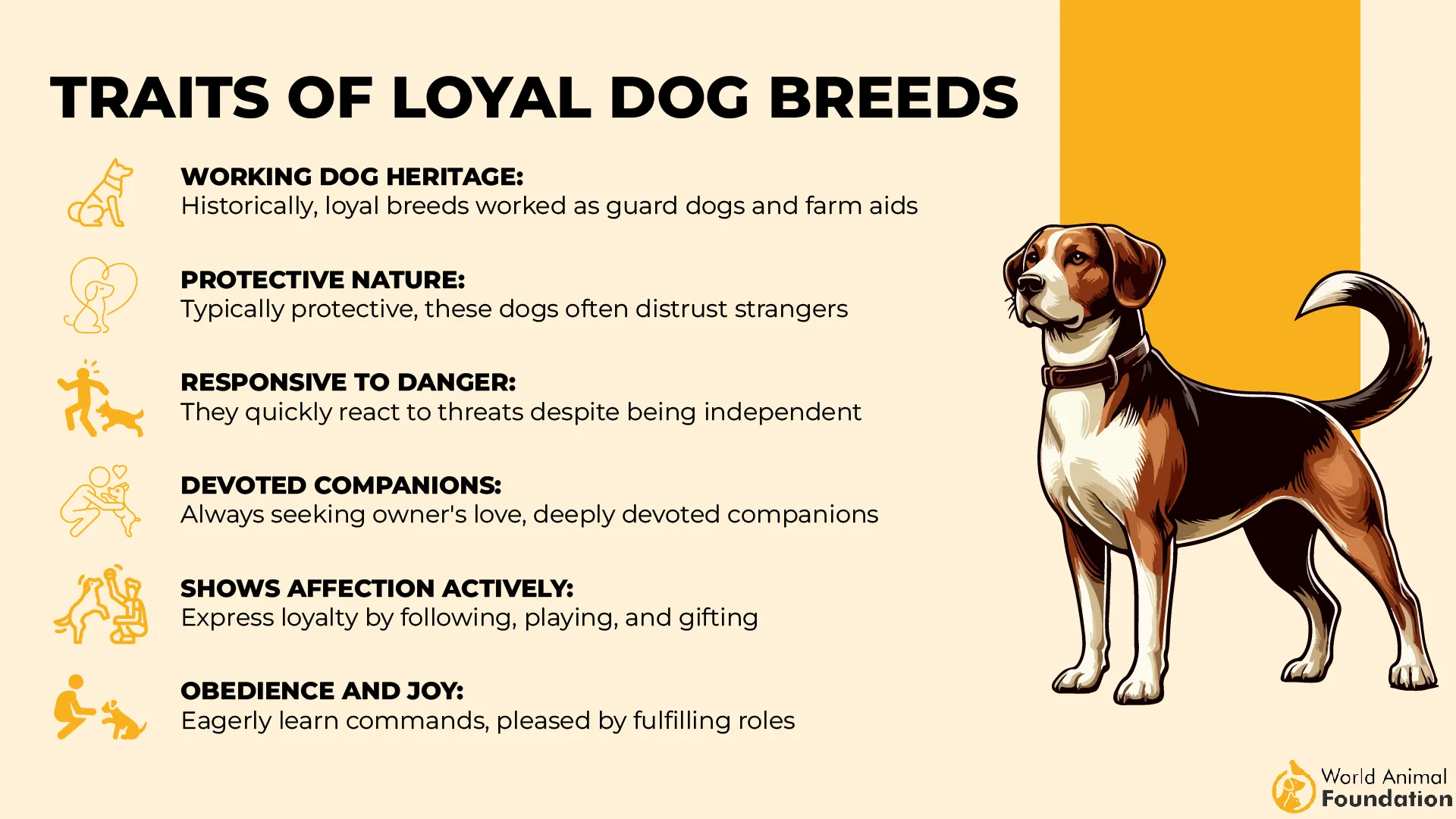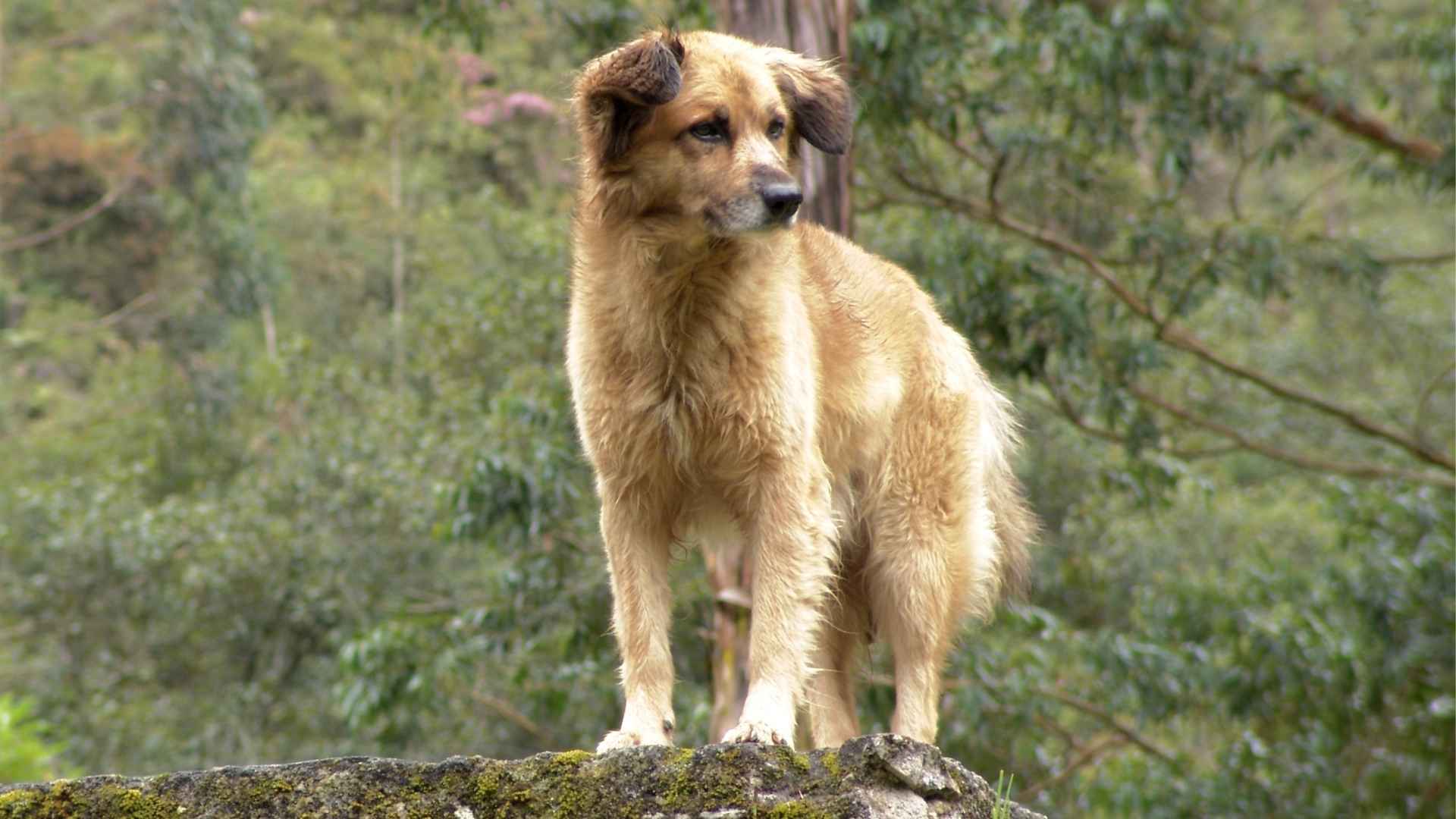Throughout history, humans have shaped dog breeds to suit evolving lifestyles, needs, and preferences. From powerful hunting companions to diligent herders, selective breeding has long served a purpose. Yet, while our ancestors excelled at crafting strong and specialized dogs, they weren’t nearly as careful about preserving records. As a result, many dog breeds have vanished over time, leaving only scattered clues about their existence.
Thanks to the tireless efforts of archaeologists, historians, and dog enthusiasts, we’ve unearthed fascinating insights into once-popular breeds that have disappeared forever. Some vanished because they were gradually bred into new types, molded by changing human tastes or practical demands. Others fell out of favor, succumbed to disease, or were simply forgotten by the breeders who once maintained them. These dogs, though extinct, have left behind stories worth telling.
In this article, we journey into the past to spotlight extinct dog breeds—those that once lived, worked, and played alongside humans but no longer roam the earth today. Their tales are a reminder of our deep bond with dogs and how that bond has shifted across cultures and centuries.
Extinct Dog Breeds
1. Hawaiian Poi Dog
The Hawaiian Poi Dog, or ʻīlio, was a now-extinct breed native to Hawaii and descended from dogs brought by ancient Polynesian settlers. Named after the starchy taro-based poi used to fatten them, these dogs were never bred to a standard and varied greatly in appearance.
Petroglyphs and the rare 1816 sketch by Louis Choris depicted them with short legs, long bodies, and notably flat heads—traits attributed to their soft, vegetarian diet that required little chewing.
Typically weighing between 25 to 40 pounds, these affectionate dogs had short coats in varied colors, with brown individuals even earning their own name. Rather than serve as hunters or guards, Poi Dogs were primarily livestock and spiritual charms. By the early 1900s, they had vanished through interbreeding with feral dogs introduced by colonizers.
Temperament
Hawaiian Poi Dogs were gentle, slow-moving, and somewhat awkward. Their interactions with hogs influenced their behavior—they often shuffled and rooted similarly.
Though affectionate, they lacked sharp senses, were hard to train, and were generally considered dim-witted. Europetnet states that the Hawaiian Poi Dog was strong-willed and not easily commanded.
Fact: In 1976, Hoku, a poi dog bred in the Honolulu Zoo’s revival project, reenacted an ancient voyage by sailing to Tahiti in a Polynesian canoe.
2. Salish Wool Dog
Bred and nurtured by the Coast Salish peoples of present-day Washington and British Columbia, the Salish Wool Dog is renowned for its thick fleece-like coat. The Canadian Encyclopedia reports that the Salish Woolly Dog was a small, usually white, long-haired dog.
These dogs stood out not for their physical prowess, but for their cultural and practical significance. Unlike most dog breeds, they were not valued for herding or guarding but rather for their wool, which was sheared and spun into blankets and ceremonial garments.
To preserve the breed’s distinct traits—especially their prized white coat—Salish Wool Dogs were kept isolated in small packs on islands or in gated enclosures. Their diet mainly consisted of cooked and raw salmon, contributing to their distinct appearance and robust health.
Temperament
These calm dogs were gentle and sociable, often treated as revered companions within their communities. They were carefully cared for, not only for their utility but for their spiritual and emotional presence. The Coast Salish people considered them members of the family, and their calm, dependable nature reinforced this role.
Fact: In 1859, ethnographer George Gibbs sent a pelt from his woolly dog, Mutton, to the Smithsonian, where it remained largely unnoticed until its rediscovery in the early 2000s.
3. Moscow Water Dog
The Moscow Water Dog, also known as the Moscow Diver, was a large working breed developed by the Soviet Navy during the Cold War era. Bred in the Red Star Kennels in Russia, this dog was designed for aquatic rescue missions.
The breed was a cross between the Newfoundland, Caucasian Shepherd Dog, and East European Shepherd, resulting in a robust dog with a thick, water-resistant double coat suited for frigid conditions.
Standing tall with a powerful physique, the breed was ideally built for water work but ultimately failed in its intended role. By the 1980s, due to behavioral issues and an inability to meet rescue expectations, the Moscow Water Dog had vanished and is now classified as extinct.
Temperament
Although envisioned as a lifesaving rescue dog, the Moscow Water Dog displayed a temperament that contradicted its purpose. Rather than aiding drowning individuals, it was known to act aggressively toward them, an issue attributed to traits inherited from its protective Caucasian lineage.
These dogs were bold, independent, and strong-willed, but their lack of empathy or social sensitivity made them unfit for search-and-rescue tasks. Their unpredictable aggression sealed the breed’s fate in military service.

Fact: The Black Russian Terrier is considered a modern descendant of the Moscow Water Dog.
4. Alpine Spaniel
The Alpine Spaniel, once native to the Swiss Alps, was a working dog originally bred for rescue and protection in icy mountain terrains. According to the breed standard, the Alpine Spaniel is a large dog breed.
Often reaching about 24 inches at the shoulder and stretching up to 6 feet from nose to tail, this impressive spaniel had a dense, curly coat that insulated it from frigid Alpine conditions.
Revered for its service at hospices near the Great St. Bernard Pass, the breed became an essential aid to the Augustinian Canons, who relied on these dogs for locating and rescuing lost travelers.
Over time, their genetic lineage contributed to modern breeds such as the St. Bernard and Clumber Spaniel. Sadly, a combination of interbreeding and illness led to their extinction by the mid-1800s.
Temperament
Known for their devotion and quick wit, Alpine Spaniels were dependable and loyal, forming strong bonds with humans. Their keen sense of direction and stamina made them invaluable in search-and-rescue tasks across dangerous snowfields.
These loyal dogs were strong-willed, eager to serve, and deeply in tune with human emotion, excelling in cold climates that demanded resilience and intuition.
Fact: The famous Alpine Spaniel named Barry, credited with saving dozens of lives, remains preserved in a Bern museum, though his mount has been altered over time.
5. St. John’s Water Dog
Also known as the St. John’s dog or lesser Newfoundland, the St. John’s Water Dog was a rugged working breed that once roamed the shores of Newfoundland. Descended from a blend of English, Irish, and Portuguese breeds brought by fishermen in the 16th and 17th centuries, it was a versatile companion used for retrieving fish, guarding homes, and even pulling sleds.
As fishing industries modernized and newer breeds emerged, the St. John’s Water Dog was gradually outbred. The breed dwindled into extinction in the 20th century, with the last known individuals being two males.
Temperament
The St. John’s Water Dog was known for its cheerful, devoted nature. Loyal to a fault and always eager to please, they excelled in teamwork, happily carrying out commands and thriving in task-based environments.
These dogs typically stood at a medium height with strong, athletic builds well-suited for harsh coastal environments. While exact weight and height records are scarce, their appearance bore a resemblance to early retriever breeds.
Fact: This breed is considered the foundational ancestor of modern retrievers, including the Labrador and Golden Retriever.
6. Talbot
The Talbot, an all-white, medium-sized hunting hound, was a celebrated tracking dog during the Middle Ages, especially in France and later England. It is believed that William the Conqueror introduced the breed to Britain in 1066, though depictions of similar hounds appeared in England only by the 16th century.
Known for its powerful sense of smell, droopy ears, and strong frame, the Talbot played a crucial role in battlefield pursuits and law enforcement. With a long, low body and a solemn expression, it bore a close resemblance to modern Beagles and Bloodhounds, breeds that likely carry its lineage today.
The breed was often honored on coats of arms and featured in medieval literature and artwork. Unfortunately, by the late 18th century, the Talbot disappeared due to changing preferences for faster, more versatile hunting dogs.
Temperament
Gentle, loyal, and highly devoted, Talbots were beloved as both working hounds and family companions. Their calm disposition made them excellent around children, while their strong instincts as trackers made them reliable hunting allies.
Fact: The Talbot is one of the only two hounds—alongside the Greyhound—featured prominently in English heraldry.
7. Molossus
A towering presence in ancient times, the Molossus—also known as the Molossian Hound—was revered by Greeks and Romans for its formidable size and versatility. Often considered the ancestral source of many modern giants like the Mastiff, Great Dane, and St. Bernard, this powerful breed served a variety of roles, including guarding, herding, and even engaging in warfare.
Believed to have reached up to 200 pounds and standing nearly six feet tall on their hind legs, Molossus dogs were symbols of strength and protection.
Aristotle himself praised them for their bravery and physical superiority in “The History of Animals.” Their appearance likely included a muscular frame, a broad head, and a commanding stance, all of which influenced the molosser-type breeds that followed.
Temperament
Despite their intimidating build, Molossus dogs were known to be calm and devoted to their human companions. They formed close bonds with their families but remained aloof and wary around strangers.
This reserved yet loyal disposition, coupled with a protective instinct, made them both cherished household guardians and respected battlefield allies.
Fact: Aristotle documented the Molossus in his writings, highlighting their courage and superiority as working dogs in ancient Greece.
Conclusion
The world of extinct dog breeds offers a fascinating glimpse into the history, culture, and needs of earlier civilizations. Many of these vanished canines—like the Hawaiian Poi Dog and the Molossus—served practical purposes ranging from companionship to guarding, herding, and even rescue. Their disappearance was often the result of crossbreeding, shifts in societal norms, or loss of function as roles evolved. Breeds such as the Alpine Mastiff, Paisley Terrier, and Hare Indian Dog played unique roles before fading from existence. Some, like the Cordoba Fighting Dog, were deliberately bred for combat, only to become obsolete as public attitudes changed.
Although certain dog breeds have disappeared, their legacy lives on in the other breeds we cherish today. For example, Labrador Retrievers, now among the most popular dog breeds, trace aspects of their temperament and working ability to long-lost ancestors. The Argentine Polar Dog, a working canine, and the rugged Canadian breed of northern mountain dogs remind us that each era favored breeds suited to its climate and tasks.
While the 19th century saw the rise and fall of many now-extinct dogs, some traits remain preserved in breeds like the Yorkshire Terrier. Studying these breeds deepens our understanding of dogs’ evolving roles throughout history.


